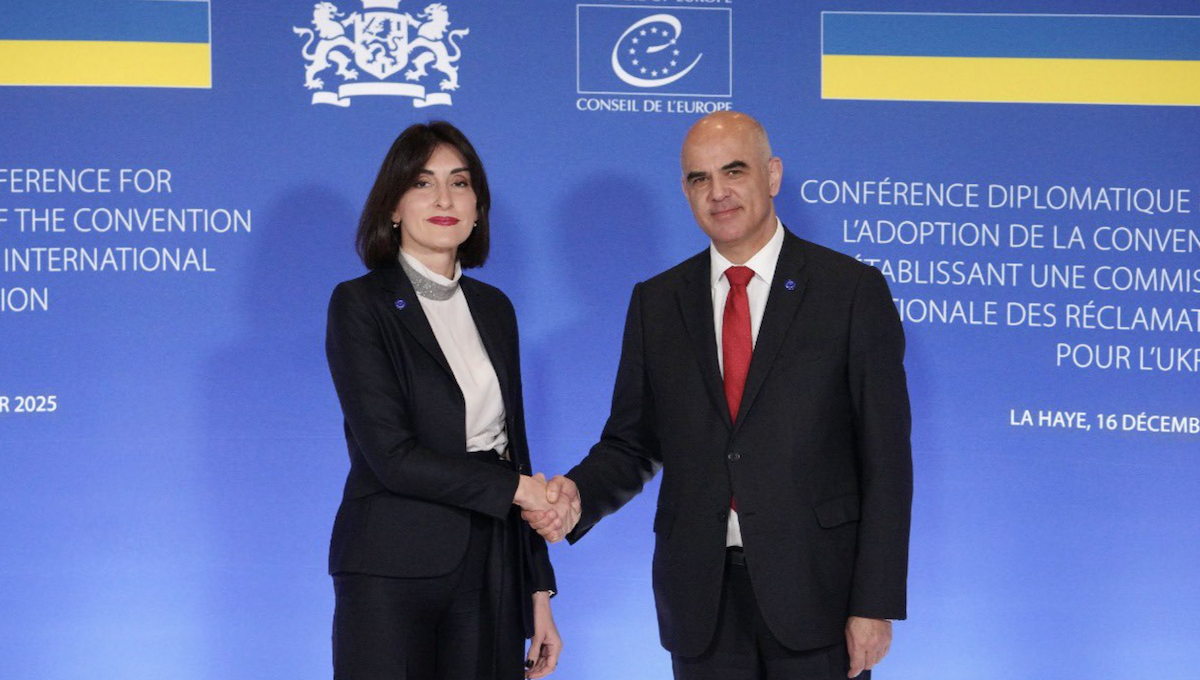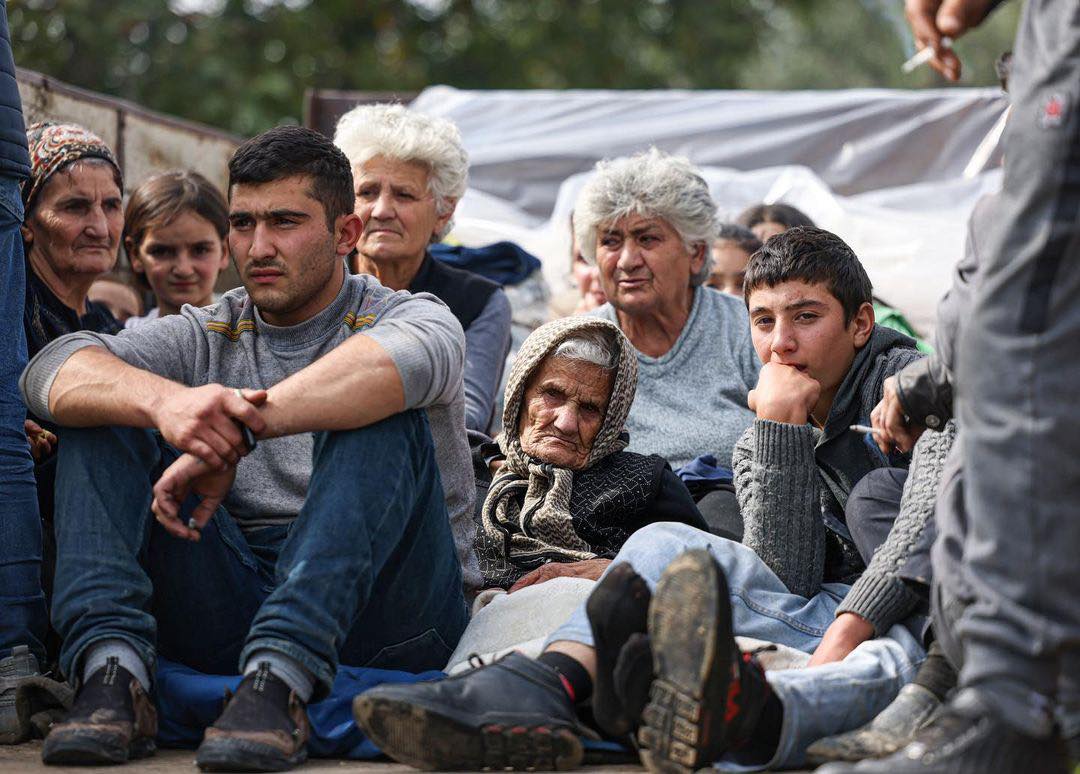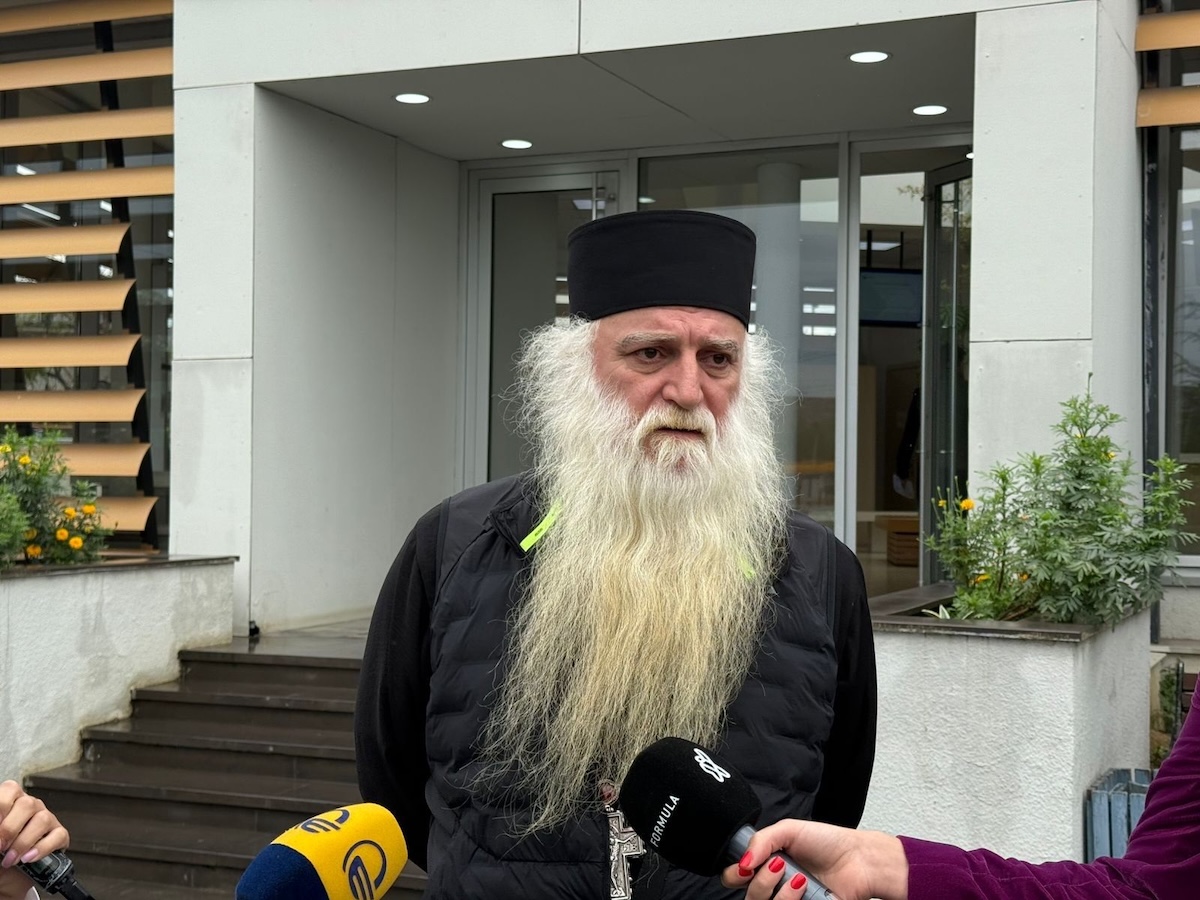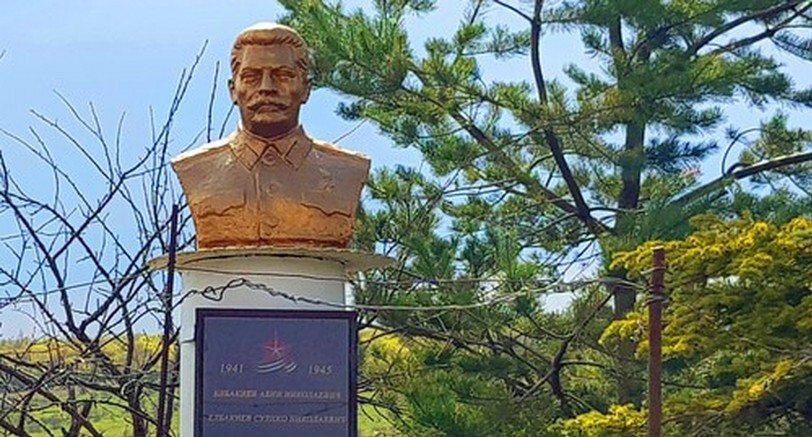Armenian Parliament elects fourth President amidst stormy debates
Armen Sarkissian, the only presidential candidate nominated by the Armenian ruling coalition has been elected the 4th President of Armenia.
Sarkissian’s candidacy was approved after receiving the majority of the votes by National Assembly members (with 90 out of 100 MPs voting ‘for’ and 10 MPs ‘against’).
MPs from the Tsarukyan bloc, one of the two opposition factions represented in the Armenian parliament, also voted for Armen Sarkissian.
“If elected, I’ll do my best to carry out my presidential duties and meet the expectations vested by you. I pledge to serve the country with dignity and loyalty; I’ll use my experience and hardiness [to ensure the] interests, prosperity and success of our great state, because for me this small motherland is a great country,” Armen Sarkissian promised.
Before being elected Sarkissian served as Armenia’s Ambassador to the UK.
In Soviet times (1984-1985 and 1989-1991) Sarkissian was a research fellow and a faculty member at the University of Cambridge and the London School of Mathematics. In 1996 he became the fifth Prime Minister of Armenia, though he held the post for only four months.
Why was the 4th President elected by Parliament?
Long before the presidential election, there were heated debates within Armenia’s expert circles as to who should elect the fourth president of Armenia and in what order.
Vahe Grigoryan, a lawyer, stated that electing the president via the National Assembly contradicted the present Constitution:
“The Constitution has changed in Armenia. Although it’s true that under the new Constitution the president shall be elected by the National Assembly, the provision only enters into effect after the election of the next president. Before that the previous Constitution still applies, according to which the president should be elected by the people,” said Vahe Grigoryan.
However, those in authority claimed the contrary. The election was eventually held in a parliamentary vote format.
Where did Armen Sarkissian live?
Earlier, the ruling party announced the criteria on which Armen Sarkissian was selected as candidate. The following characteristics were named as required for the future leader: good command of foreign languages, wide-ranging contacts in Armenia and with Diaspora compatriots, impartiality, authority, nonpartisanship etc.
However, there are also criterias set forth in the Armenian Constitution. Under Part 2, Article 124 of the Constitution ‘only someone who has had citizenship of the Republic of Armenia for the preceding six years and who has permanently been residing in the Republic of Armenia for the preceding six years” may be elected as president.
According to reports from Armenian media, Sarkissian had dual citizenship: he was a citizen of both Armenia and the UK. Armen Sarkissian’s name was listed on the UK’s Whitepages, and the 2003-2012 state electoral register records testify to that.
In order to have the right to be considered for presidency, Sarkissian should have dropped his UK passport at least until 2 March 2012.
Without excluding Sarkissian’s dual citizenship, the authorities claimed that he had been a citizen of Armenia for the preceding six years, and that his place of residence didn’t actually matter when nominating him as a presidential candidate.
The election of Armenia’s fourth president has been different from the previous ones in the following important aspects:
- Following constitutional amendments Armenia has switched to the parliamentary system of government, meaning that the country will be led by the prime-minister rather than by the president. The president will have a symbolic, representative role.
- The president will be elected by parliament rather than by the country’s citizens.
- The president will be elected for a period of seven years. He may not hold this post for more than one consecutive term.
- The presidential elections can be held in two rounds.
- The president should not be a member of any political party.



















